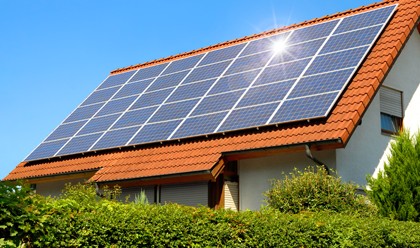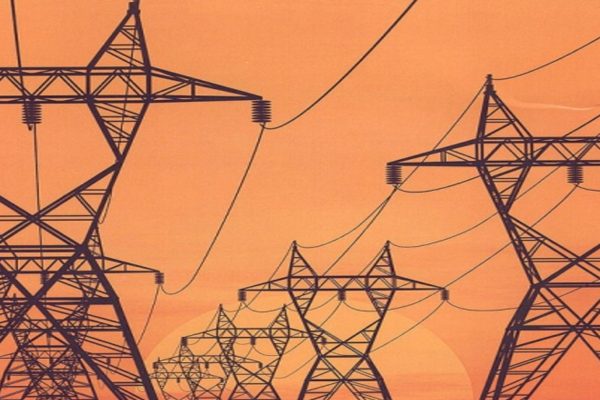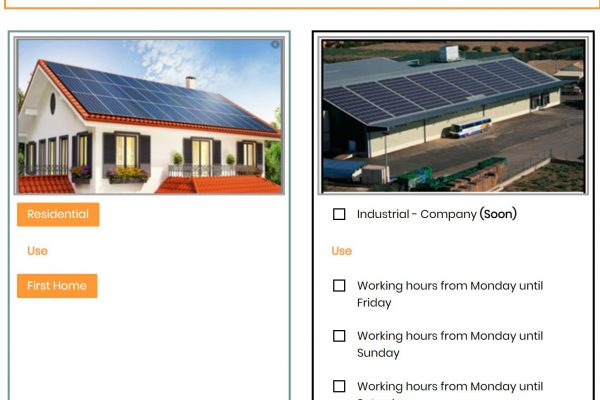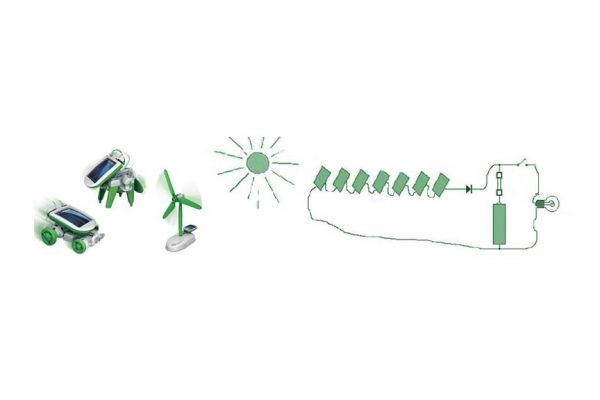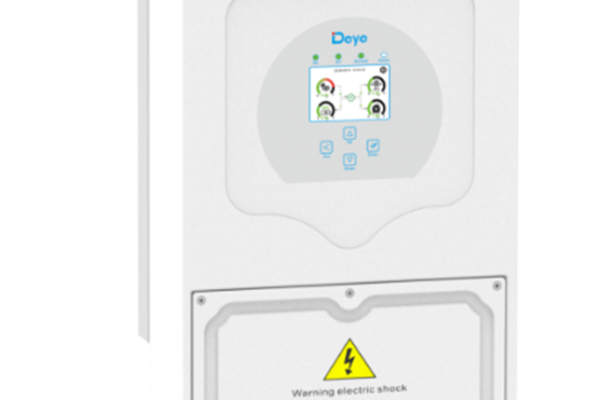In this section we will look at the necessary points to ensure a proper dimensioning of our solar kit. We will analyse the different aspects that will determine the durability of the equipment before we decide to move forward with the installation.
In order to correctly size the necessary solar panels to charge the batteries on time and time again and to be able to get the best outcome, it is necessary that we consider several factors:
Battery Type:
-
- Depth of discharge (DoD): is the usable capacity in percentage (%) of the solar battery, both to charge and discharge. Typically, AGM or GEL solar batteries allow 70% -80% DoD, OPzV or OPzS solar batteries typically allow 80% DoD, and Lithium solar batteries typically allow 100% DoD.
- Capacity (Ah): is the number of Ampere-hours that we can use to power our loads for a certain period of time. If the technical specifications show C10 = 150 Ah, it means that the solar battery can deliver 15A for 10 hours.
- Maximum charge and discharge current (A): Solar batteries used in photovoltaic energy are usually deep discharge and must be charged and discharged based on the maximum charge current indicated by the manufacturer depending on the type of battery we have selected. Typically, the maximum charge and discharge current is usually around 15% – 20% of the capacity of the solar battery. We should take into account that the faster the discharge rate of a battery, the lower the final voltage once it is discharged, which will translate into a shorter service lifespan of the solar battery.
- Voltage (V): it is the voltage at the terminals of the solar battery. In the photovoltaic installation we will make the connection between the batteries in series or in parallel taking into account two factors, first, the voltage at which we want the system to work (12V or 24V or 48V) and, second, the total capacity that we want to install based on the load and discharge currents. Most of the installations are made with 48V configurations.
- Operating temperature (ºC): when selecting the solar battery, we must take into account that external conditions, such as cold, affect the capacity of the battery. Manufacturers often offer battery capacity data at 25º If the temperature rises the capacity of the solar battery increases, but the lifespan of the solar battery becomes shorter. If the temperature drops, the capacity decreases, but the lifespan of the solar battery improves.
- Lifespan: it is the amount of cycles that the solar battery maintains its capacity above 80% out of its nominal capacity. The more charge and discharge cycles we perform daily, the shorter the battery life will be. Consulting the manufacturer’s technical specifications, we can calculate the years that the solar battery will last a priori.
Solar panels:
-
- Current (A): the selection of photovoltaic panels is very important point as the current that must be supplied individually or in strings must be at least sufficient for the battery to react to this input (usually, greater than 5% of its capacity nominal) and that the maximum current individually or in strings does not exceed the maximum percentage of charge of the solar battery recommended by the manufacturer.
- Voltage (V): the selection of the individual voltage of the photovoltaic panel or of the strings must be in accordance with the combination of parallels that we want to make with the batteries. The solar panels must be connected either to charge regulators or to inverter-chargers, which will adapt the input voltage of the photovoltaic panels to the voltage necessary for a correct charge of the solar battery. We should remember that most solar batteries have different stages of charge:
-
- Bulk stage
- Abortion Stage
- Float Stage
- qualization Stage
-
Purpose:
-
- Daily (during daily hours): If we finally decide to carry out the solar installation to charge the solar batteries at the same time that we want to use them to power any charge that we have connected, be it lights, computers, TV, fridge, microwave, or any device that needs electric power, the amount of solar batteries that we will need will be significantly less compared to night use. For this, we should carry out a small analysis of the daily energies of charge and use, considering at all times to leave an additional percentage so that the loads can continue to be charged on cloudy days, otherwise, several days with little solar radiation could cause the batteries become empty. Likewise, we must consider the number of days that we want to have security in case there are also consecutive days of low radiation due to difficult weather conditions.
- Daily (overnight): Night use requires us to take into account the factors mentioned above, but when we perform the energy analysis of the system we will have to consider that throughout the day the energy is charged in the solar batteries to be able to be used at night, therefore, we will need more capacity in the solar battery bank.
- Weekend: They are usually used in second homes or in places where connected loads are not routinely used. In this case, the energy analysis of the system with the considerations mentioned in the previous two points is also important and the capacity of the photovoltaic panels to be installed is very likely to be less, since they will have enough time throughout the week to be able to charge the bank correctly. of batteries.
On our Website www.tienda-solar.es, you can find different photovoltaic kits for isolated installations, sized for different powers and needs.
If the photovoltaic kits available on our WEB need to be adapted to your needs, contact us and we will help you correctly size your system quickly and easily. We have all the necessary materials for your installation.

